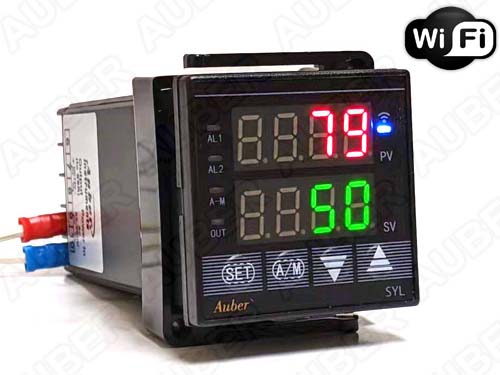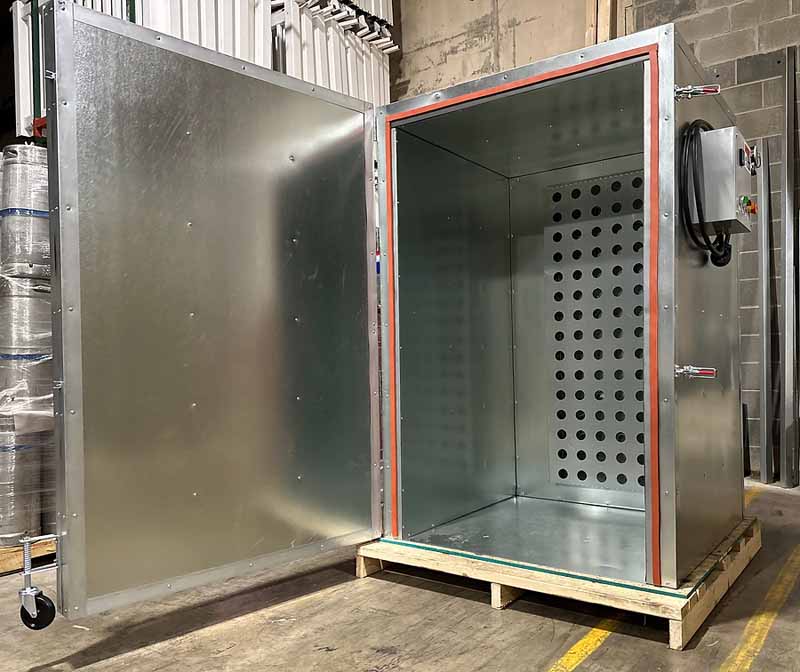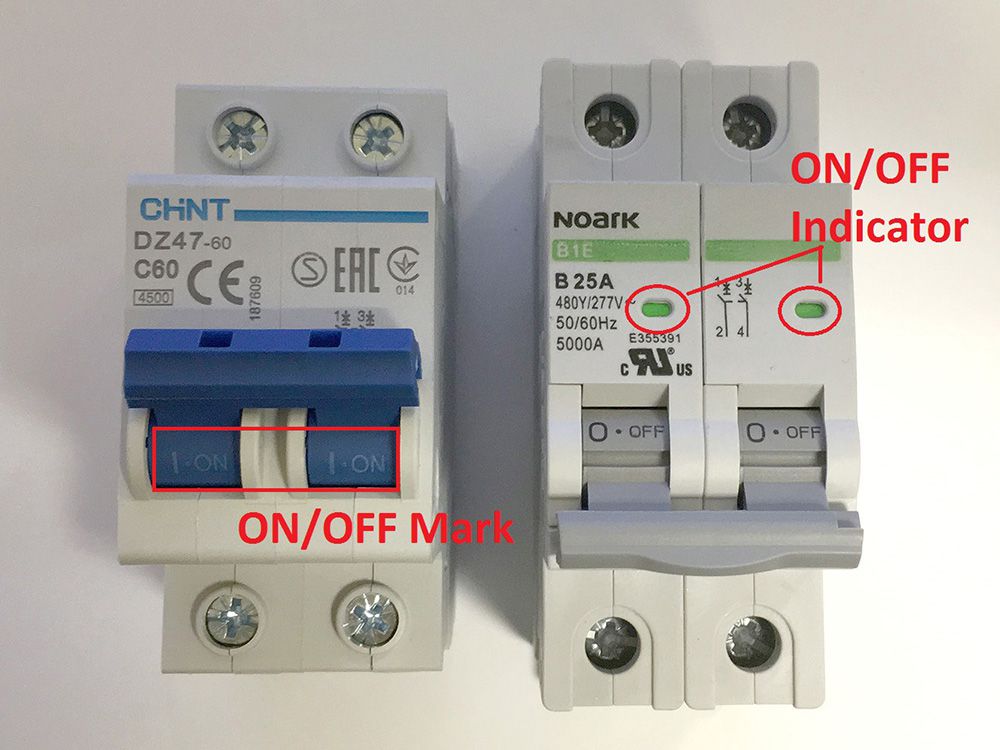Categories
- PID Controllers
- Auto gauges, EGT Boost
- Coffee Machine Kits
- Brew Equipment
- Power Regulators
- Powder Coating Equipment
- Powder Coating Ovens
- Smoker Controllers
- Humidity Controllers
- Plug-n-Play Controllers
- Thermometer, Process Meter
- Temperature Sensors
- SSRs & Contactors
- Timer, Counter, Tachometer
- Pressure Controller
- Controller for Coil Heater Enail
- Enclosures (Boxes)
- Switches
- Punch & Die for Control Panel
- DIN Rail Components
- Connectors
- Accessories
- Control Panels & DIY Kits
- Sous Vide Cooking
- Liquid Dispensing Machine
- Controller For Lab Research
- Silicone Tubing (Platinum Cured)
- Value Packs
- Scratch/Dent/Refurbished
- Services
- Specials ...
- Featured Products ...
- All Products ...
Featured [more]

Wi-Fi 1/16 DIN PID Temperature Controller with Ramp/Soak
$139.99 $129.99
Save: $10.00 off
Save: $10.00 off
FAQs about DIN Rail circuit breaker
Q: What are the main differences between Auber’s economical grade circuit breaker and the standard circuit breaker?
A: Auber’s standard circuit breakers are UL1077 listed. It means that the design of the breaker has been tested at Underwriter Laboratories and meets the UL standard. The economical grade circuit we offered is not UL listed. It only has CE approval and meet the IEC/EN 60898-1 Standard. In general, UL has a higher and stricter standard in the industry. The difference between each standard is difficult to understand for general customers. From the customers’ point of view, there are two visible differences:
1) The UL listed breaker has a color indicator that turns from green to red when the breaker is turned on. The economical grade breaker does not have the color indictor. There are ON and OFF marks on the switch handle. But since the marks are not colored, you need to be very close to tell the difference. This may not be important if the breaker is installed inside of the control panel. However, if you use it as a front panel power switch, you should put a label on the panel with ON and OFF so that the user can tell the status easily from a distance. 2) There is a small difference for the short-circuit breaking capacity (Icu or Icn, the maximum short circuit current when the breaker can work properly). Auber’s economical grade breaker is rated for 4500 A, while our UL listed breaker is rated for 5000 A. For small appliances in household use, 4500 A is sufficient because this breaker is used as a supplementary breaker. If short circuit current is higher than that, the 10,000A primary breaker at the subpanel will cut off the whole system.
Q: How is Auber’s economical grade circuit breaker different from the breakers on multi-vendor store such as eBay/Aliexpress?
A: Circuit breakers are an important power component that has to operate when critical condition meets. When purchasing a breaker from Auber, you can trust that it is legit and not a counterfeit. It meets the specification claimed. Auber’s economical grade circuit breakers were acquired directly from one of the most reputable and the largest circuit breaker manufacturers in China. We have all the certifications from the manufacturer. We believe it is very important to purchase circuit breakers from a reputable source. This is because the circuit breaker market is full of counterfeit products. Not only have global, well-known brand products been copied with counterfeit, but also reputable Chinese brands have been widely copied by many small family-based workshops. To reduce cost, these small shops use iron and cheap plastics to make some of the critical components, which should be made of copper, special alloy or low dielectric constant, high temperature and flame retardant plastics. Even worse, these shops have no means to properly test their circuit breaker at the current required to trigger it. On Alibaba’s website, some sellers openly advertise that they can put whatever brand name on the breaker at the buyer’s request. We also saw a seller advertises “Genuine Schneider Circuit breaker, made in house”, with picture of their windowless shady factory in the ad. Because there are so many counterfeits, almost every seller on eBay/Amazon/Alibaba claims that their breakers are genuine brand. It is very difficult for the end user to tell if the circuit breaker is a counterfeit or not. When you find it out after the accident, it is already too late.
Q. Should I use 1P or 2P breaker?
A: 1P is for North American 120V AC (one hot wire and one neutral wire), and 220V outside of North American (one hot wire and one neutral wire). 2P is for North American 240V AC (two hot wires).
Q. What current options of circuit breaker should I use?
A: 1.2 to 1.3 times of your maximum load current.
Q. What curve should be used?
All circuit breakers carry a current rating (In) which is the amount of current the breaker can carry continuously. The curve type (B, C, D, etc...) designates the instantaneous trip current range, or the amount of current at which the breaker will trip without causing a time delay. Generally, both curve C and B are fine for small application. Curve D is for motor load. Below you'll find a list of the most common curve types and their recommended applications:
B-Trip Protectors: Trips above 3 times In up to 5 times In. Recommended for business equipment, wiring protection, lighting, appliances, control circuits and some electronic applications. Relatively long thermal trip delay but low magnetic trip point.
C-Trip Protectors: Trips above 5 times In up to 10 times In. Recommended for lighting, wiring protection, appliances, business equipment, and control circuit applications. Relatively long thermal trip delay and medium magnetic trip point.
D-Trip Protectors: Trips above 10 times In up to 20 times In. Recommended for control transformers, power supplies and reactive loads. Relatively long thermal trip delay and very high magnetic trip point.
Reference: Omega.com, Quantumautomation.com
Copyright © 2024 auberins.com.



